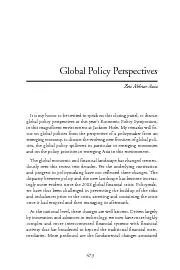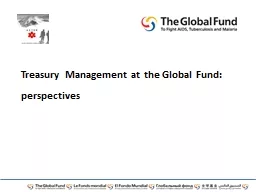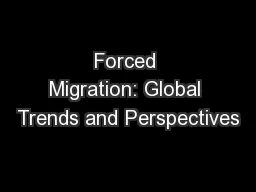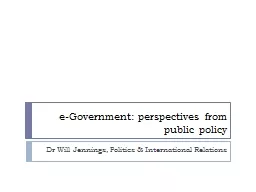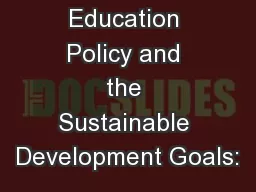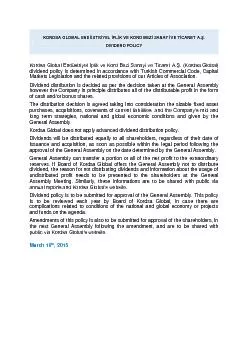PDF-Global Policy Perspectives
Author : caroline | Published Date : 2020-11-23
473 Zeti Akhtar Aziz It is my honor to be invited to speak on this closing panel to discuss global policy perspectives at this year146s Economic Policy Symposium
Presentation Embed Code
Download Presentation
Download Presentation The PPT/PDF document "Global Policy Perspectives" is the property of its rightful owner. Permission is granted to download and print the materials on this website for personal, non-commercial use only, and to display it on your personal computer provided you do not modify the materials and that you retain all copyright notices contained in the materials. By downloading content from our website, you accept the terms of this agreement.
Global Policy Perspectives: Transcript
Download Rules Of Document
"Global Policy Perspectives"The content belongs to its owner. You may download and print it for personal use, without modification, and keep all copyright notices. By downloading, you agree to these terms.
Related Documents

